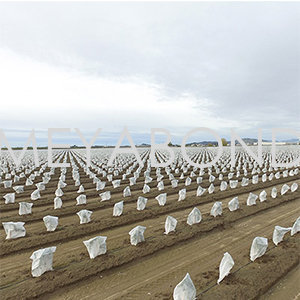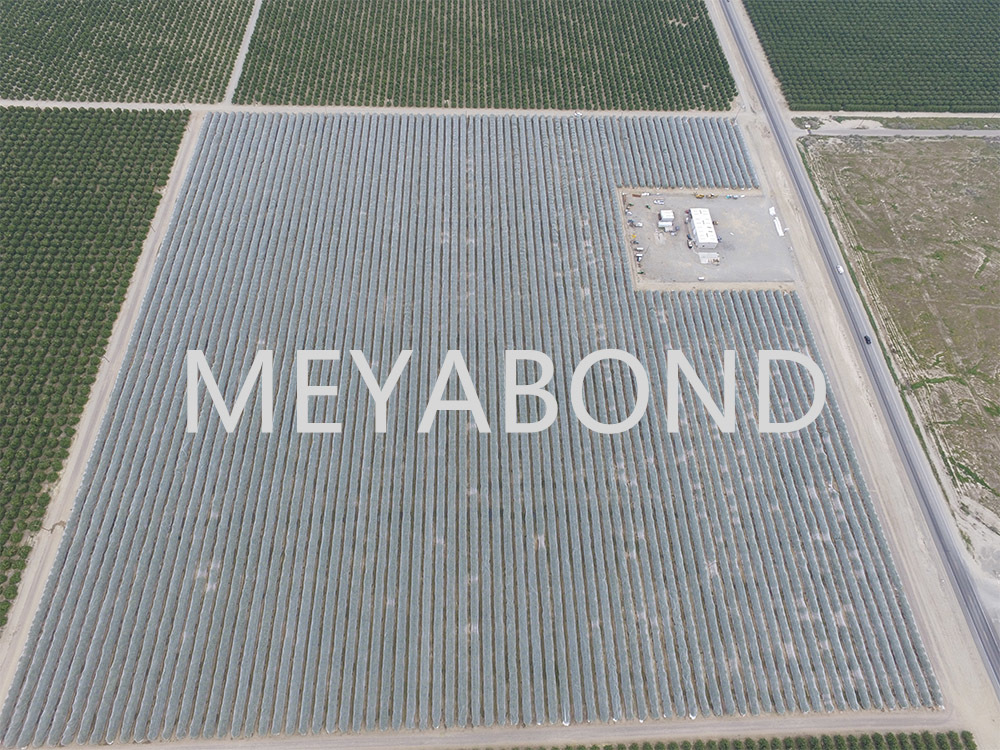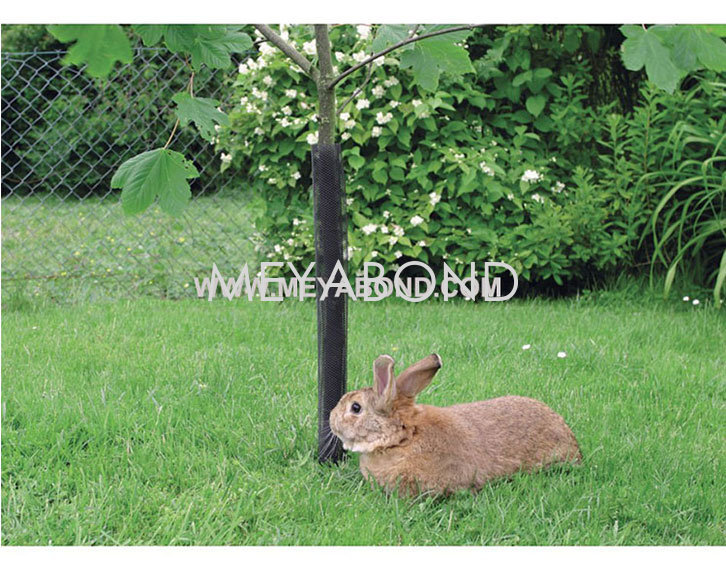Exploring Cost-Effective Storage Options: Low Price Silo Sacks for Agriculture
Exploring Cost-Effective Storage Options: Low Price Silo Sacks for Agriculture
Table of Contents
1. Introduction to Agricultural Storage Challenges
2. What are Silo Sacks?
3. Benefits of Using Low Price Silo Sacks
4. Different Types of Silo Sacks Available
4.1. Material Variations
4.2. Size Options for Diverse Needs
5. How to Choose the Right Silo Sack for Your Needs
5.1. Assessing Storage Requirements
5.2. Evaluating Durability and Cost
6. Practical Uses of Silo Sacks in Agriculture
6.1. Grain Storage
6.2. Silage Storage
6.3. Fertilizer and Seed Storage
7. Maintenance and Best Practices for Silo Sacks
8. Frequently Asked Questions (FAQs)
9. Conclusion
1. Introduction to Agricultural Storage Challenges
In the agricultural sector, managing storage effectively is critical for maintaining product quality while minimizing costs. Farmers face numerous challenges, including fluctuations in market prices, spoilage, and pest infestations. Addressing these challenges requires innovative storage solutions that are both cost-effective and efficient.
One of the most promising solutions on the market today is the **low-price silo sack**. These products provide a flexible and durable storage option, particularly for grains and silage. Understanding how to utilize these sacks can significantly impact a farmer’s bottom line.
2. What are Silo Sacks?
Silo sacks are large, flexible bags designed for the storage of various agricultural products. Primarily made from high-density polyethylene, these sacks offer weather-resistant and UV-protected features, ensuring that the contents remain safe from external elements. These sacks are available in various sizes, making them suitable for both small farms and large-scale agricultural operations.
The design of silo sacks allows for easy filling and emptying, which is essential for busy farming operations. With the ability to store considerable quantities of grains, silage, and other bulk items, they present an unmatched advantage over traditional storage methods.
3. Benefits of Using Low Price Silo Sacks
Utilizing low-price silo sacks provides numerous benefits for farmers and agricultural businesses alike:
- **Cost-Effectiveness**: Silo sacks are generally more affordable than building traditional silos, allowing farmers to save significantly on initial investment costs.
- **Space Efficiency**: These sacks can be easily stored in various locations, optimizing space utilization on the farm.
- **Versatility**: They can store an array of products, including grains, seeds, and silage, adapting to the specific needs of your agricultural operation.
- **Ease of Use**: Silo sacks are designed for easy filling and emptying, reducing labor costs and time.
- **Reduced Risk of Spoilage**: Properly sealed sacks minimize the risk of moisture and pest intrusion, preserving the quality of stored products.
4. Different Types of Silo Sacks Available
When considering silo sacks, it's essential to understand the different types available to ensure the right fit for your needs.
4.1. Material Variations
Silo sacks are primarily made from high-density polyethylene (HDPE) or linear low-density polyethylene (LLDPE). Both materials provide excellent durability and weather resistance. However, HDPE is typically more robust, making it suitable for long-term storage solutions.
4.2. Size Options for Diverse Needs
Silo sacks come in various sizes, ranging from small options designed for personal gardens to large sacks optimized for commercial agricultural use. Common sizes include:
- **5 tons**: Suitable for small to medium farms.
- **10 tons**: Ideal for larger operations needing to store significant quantities.
- **25 tons and above**: Best suited for large agricultural enterprises requiring bulk storage solutions.
5. How to Choose the Right Silo Sack for Your Needs
Selecting the appropriate silo sack involves careful consideration of specific factors related to your agricultural operation.
5.1. Assessing Storage Requirements
Evaluate what products you plan to store and in what quantities. This assessment will help you determine the size and type of sack needed for effective storage.
5.2. Evaluating Durability and Cost
While low price is a significant factor, it's essential to also consider the durability of the materials used in the sacks. Investing in higher-quality sacks may incur a higher initial cost but can lead to savings in the long run by reducing the need for replacements.
6. Practical Uses of Silo Sacks in Agriculture
Silo sacks can be utilized in a variety of ways in agriculture, making them an invaluable asset for farmers.
6.1. Grain Storage
Grain is one of the primary products stored in silo sacks. These sacks provide an ideal environment for maintaining grain quality by protecting it from moisture and pests.
6.2. Silage Storage
Silo sacks are also popular for storing silage. They can effectively preserve the nutritional value of silage while preventing spoilage, ensuring livestock have access to quality feed throughout the year.
6.3. Fertilizer and Seed Storage
In addition to grains and silage, silo sacks can store fertilizers and seeds, providing a versatile storage solution across various agricultural sectors.
7. Maintenance and Best Practices for Silo Sacks
To maximize the lifespan and effectiveness of silo sacks, proper maintenance is crucial:
- **Inspection**: Regularly check for signs of wear and tear, particularly before and after filling.
- **Cleaning**: Ensure the sacks are clean before use to avoid contamination of stored products.
- **Proper Sealing**: Always ensure that sacks are securely sealed to prevent moisture and pest access.
8. Frequently Asked Questions (FAQs)
**Q1: How long can products be stored in silo sacks?**
A1: Depending on the product and storage conditions, items can be stored in silo sacks for several months to a few years.
**Q2: Are silo sacks reusable?**
A2: Yes, with proper care and maintenance, silo sacks can be reused multiple times.
**Q3: How do silo sacks compare to traditional silos?**
A3: Silo sacks are generally more cost-effective, flexible, and easier to use compared to traditional silos.
**Q4: Can silo sacks withstand extreme weather conditions?**
A4: Yes, high-quality silo sacks are designed to endure harsh weather, including UV exposure and moisture.
**Q5: Where can I purchase silo sacks?**
A5: Silo sacks are available through agricultural supply stores, online retailers, and specialized agricultural equipment suppliers.
9. Conclusion
In conclusion, low-price silo sacks provide an efficient, cost-effective solution for agricultural storage needs. By understanding the various types available and their practical applications, farmers can optimize their storage practices, ensuring product quality while managing costs effectively. With proper maintenance and usage, silo sacks can be a valuable addition to any agricultural operation, helping farmers adapt to the ever-changing landscape of the agricultural industry.
Key words:
Related News
CONTACT US
Email: sales8@meyabond.com
Tel: +8618911966213
No.3 Yard, ZhongHe Road, 100071,FengTai District, Beijing, China
Email: sales8@meyabond.com
Tel: +8618911966213
No.3 Yard, ZhongHe Road, 100071,FengTai District, Beijing, China
















